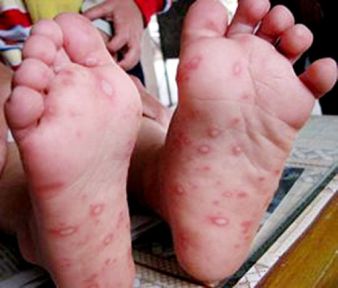
This article informed readers of what the new term "backpacking bacteria" means in the medical community. To read the complete article, click here.
"Cargo-carrying bacteria" may solve the problems of nano-technology in the future years to do things such as to "prevent, diagnose and treat disease." Nano-technology presents itself with the major problem of making devices small enough. It is extremely difficult to create a self-sustaining motors and propulsion mechanisms at the right size (one-million on a pin head).
At the 243rd National Meeting & Exposition of the American Chemical Society in San Diego, Dr. David H Gracias explained the advancements they have made in the "backpacking bacteria" technology.
"Currently, it is hard to engineer micro-particles or nano-particles capable of self-propelled motion in well-defined trajectories under biologically relevant conditions," said Gracias. "Bacteria can do this easily and we have established that bacteria can carry cargo."
There are several benefits to using bacteria. Bacteria respond and react to particular signals. This means that it is feasible to master the direction in the body so when they reach their destination they can "deposit" their "cargo" and grow naturally. Also, bacteria are not abnormal beings within the human body. "The total population of bacterial cells we harbor outnumbers the population of our human cells by 10 to 1." Using bacteria is safe and harmless.
Gracias has testes the bacteria with various forms (shapes and sizes) of the "cargo." "For example, they have used them to ferry nano-wires, beads and lithographically fabricated nano-structures."
Other scientists and teams have worked to create what are called "bacterial carpets". These bacterial carpets are large numbers of bacteria that move tiny bits of material.
Gracias and his team are individually focusing on transporting nano-cargoes. They call these "bio-hybrid devices." The devices move about freely attached to their cargo.
Although they are still in the "exploratory stage," they are experimenting with different types of methods to discover what may possibly prove useful in the backpacking bacteria technology.
"Our next steps would be to test the feasibility of the backpacking bacteria for diagnosing and treating disease in laboratory experiments. If that proves possible, we would move on to tests in laboratory mice."
According to Gracias, the completion of this technology may take several years.












